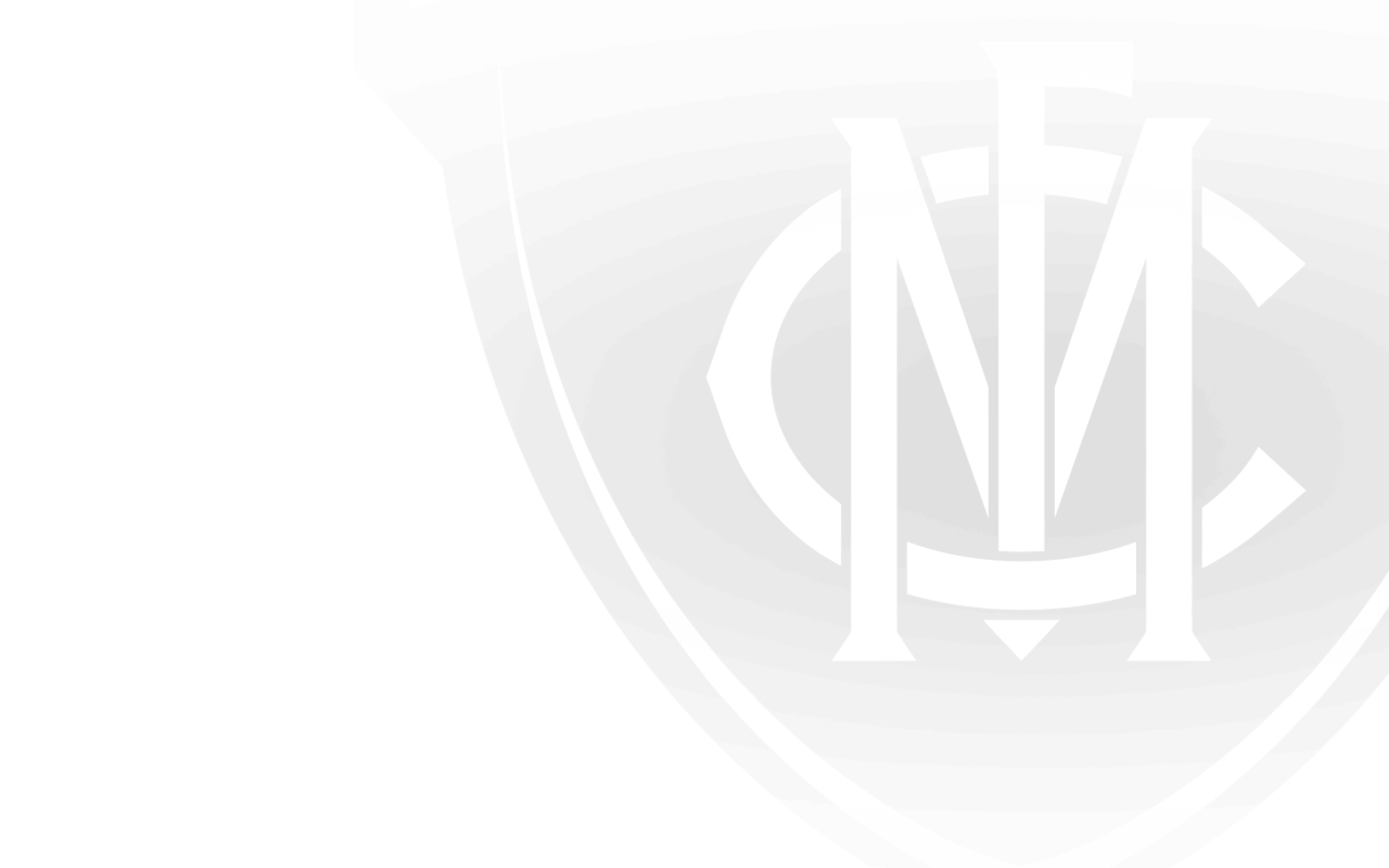Spirit, courage, wit and perseverance – all the qualities that create the ideal football club come to the fore in wartime.
It is particularly so for the Melbourne Football Club, linked across two generations by conflict, struggle and a spark of determination that is within all who are part of the Club even today.
Placed in recess in the First World War, exiled from its home ground in the Second World War, decimated by casualties and dislocated careers – even still, the faith was maintained and the memories of those who were part of the conflict were retained and played for throughout many seasons.
The semi-finals of 1915 were the last for Melbourne for three years. In conjunction with the Essendon hierarchy, Melbourne authorities had advocated very early on that the competition should be suspended ‘for the duration’. By the time the 1916 season dawned, Melbourne, Essendon, South Melbourne and St Kilda had all exited the competition until peace was declared.
It was in such a state that the Melbourne of 1919 had 28 new players in a team of 43. The shadows of the past had seen casualties suffered that would forever play on the minds of those who remained. The likes of ‘Joe’ Pearce, who fell at Gallipoli, and Clifford Burge, killed in action in France mere months before Armistice, were commemorated in sombre minds and a reconstructed team. This new side included the likes of another Gallipoli man in Ivor Warne-Smith, accompanied by Albert Chadwick, who learned to play the game wearing his army boots, and George Haines, an AIF veteran who changed his name from ‘Heinz’ to overcome anti-German sentiment.
They and others like them grew in strength during the 1920s and time of peace, taking Melbourne to the 1926 premiership and stable form between the wars. But conflict was brewing along with another successful era for the side, and many of those who played in 1939 and 1940 would not be there for the third flag in 1941. Ron Barassi Snr, who fell at Tobruk, Harold Ball, killed in Singapore, Sid Anderson, lost in the skies over Wewak, and ‘Bluey’ Truscott – our ‘Bluey’ – another lost in the skies, over Western Australia’s Exmouth Gulf. They and others like them remain memories to be treasured, as do the men who returned, resuming lives in a different world.
It is said that we shall not see their like again. Such is true with all who play for our club, whose feats and whose lives engrave themselves on ours and the game’s collective folklore. But more than any, those who left and did not return from war are ours to protect and treasure for their sacrifice and their very special place in the Melbourne Football Club.
We will remember them.


